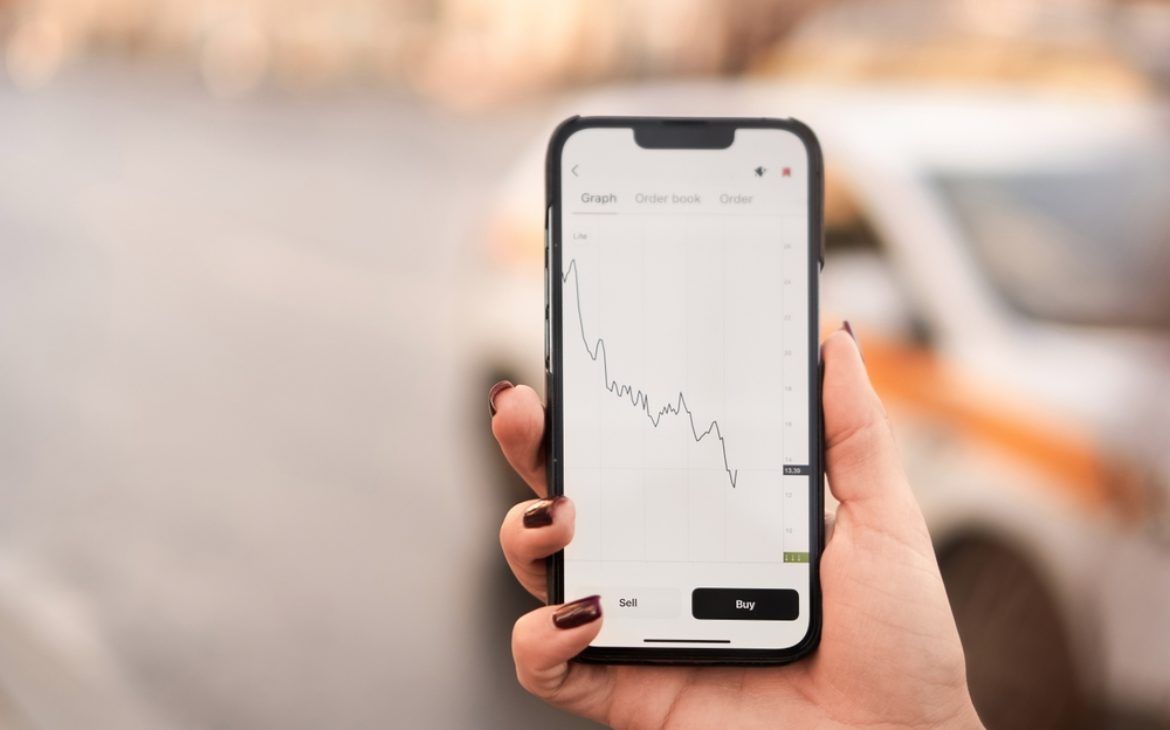These are the results of Counterpoint’s latest research called “Market Pulse“.
The year-over-year drop was primarily attributed to a slower-than-expected recovery in consumer demand. Nonetheless, the market’s quarter-on-quarter growth, especially the positive performance in September, despite the shorter sales duration of the new iPhones, suggests encouraging signs for the future.
Samsung maintained its leadership in the global market, accounting for a fifth of total smartphone sales in Q3. The latest foldable devices garnered mixed responses, with the Flip 5 significantly outselling its counterpart. Samsung’s A-series models continued to dominate the mid-price segments. Apple secured the second position with a 16% market share, despite the limited availability of the iPhone 15 series, which was well-received.
Xiaomi, Oppo, and Vivo occupied the next three spots but experienced YoY declines. Throughout Q3, these brands concentrated on fortifying their presence in critical markets like China and India while slowing their expansion into international markets.
Honor, Huawei, and Transsion Group managed to gain market share and were among the few brands that recorded YoY growth in the third quarter. Huawei’s growth was fueled by the introduction of the Mate 60 series in China, while Honor became more popular overseas. Transsion brands expanded their footprint and benefited from the recovery in the Middle East and Africa (MEA) market.
MEA was the only region to observe YoY growth in the last three months, thanks to improved macroeconomic indicators. Conversely, most developed markets such as North America, Western Europe, and South Korea experienced significant declines. Nevertheless, growth is expected in most developed markets in Q4, influenced by the delayed impact of the iPhone launch.
In spite of this, the market is projected to experience a full-year decline in 2023, reaching its lowest level in a decade. This shift is primarily due to changing device replacement patterns, particularly in developed markets. Notably, the resurgence of emerging markets preceding the global market and the growth of brands outside the top five indicate the shifting dynamics and opportunities in the global smartphone market.
